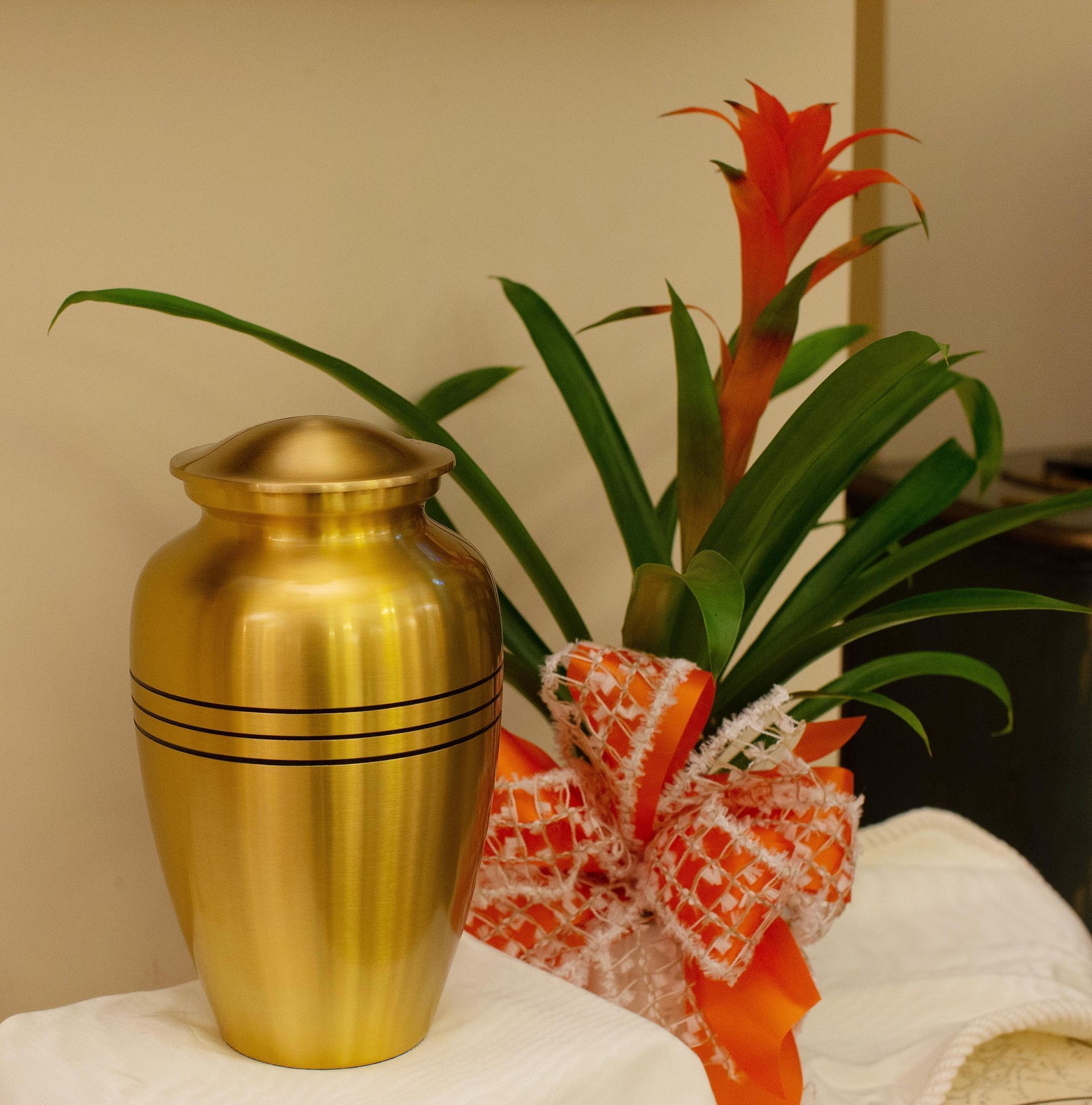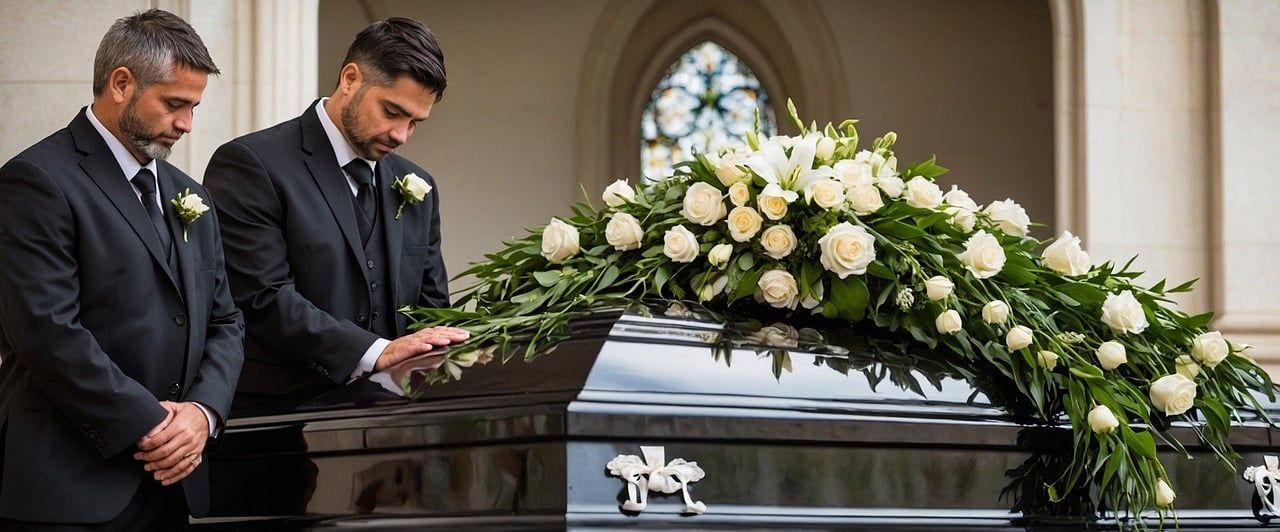Hospice Appreciation Month
National Hospice & Pallative Care Month celebrated with theme, "It's About How You Live"
November is traditionally known as the month of giving thanks and showing gratitude, and I can't think of people more deserving than hospice employees. From social workers to nurses; chaplains to administrative staff; it takes a special person to choose hospice and palliative care as their career. Some of the characteristics I think of when considering those employed by hospice are patience, kindness, and compassion. Acadiana is truly blessed to have numerous people I can think of that exemplify these qualities working in hospice care.
In the funeral profession we work closely with hospice and palliative care professionals, and are well versed in their industry's terminology. However, many people ask us, "What's the difference?" To clear up confusion and to answer some other FAQs, I've spoken to some of the experts in Acadiana to answer some basic questions.
Difference between hospice and palliative care:
Palliative care is for patients throughout all stages of illness to improve their quality of life and comfort. Patients can still be on curative care, meaning they are still receiving treatment to cure the illness, i.e. chemotherapy, or dialysis. Hospice care is the next step in palliative care, when the patient is no longer receiving curative care, and has less than six months to live.
No, hospice is not a place.
While some physical places in Lafayette offer in-patient hospice services (The Carpenter House and Calcutta House), the term "hospice" does not describe a location but rather a high level of care for people with six months or less to live. The quality of care received allows patients and their families to focus on living as fully as possible in the time they have left.
The four goals of hospice are:
- Caring for the whole person, not just treating the disease and its symptoms
- Addressing the physical, emotional, social and spiritual needs of the patient
- Supporting the family and caregivers
- Providing the best quality of life for whatever time remains
Is hospice covered under Medicare/Medicaid?
Yes, both Medicare and Medicaid has hospice care benefits, which is not to say that hospice care is free. There are associated costs, such as co-pays for prescriptions, and equipment or supplies.











